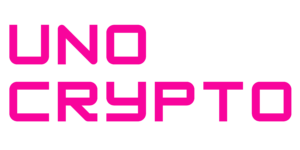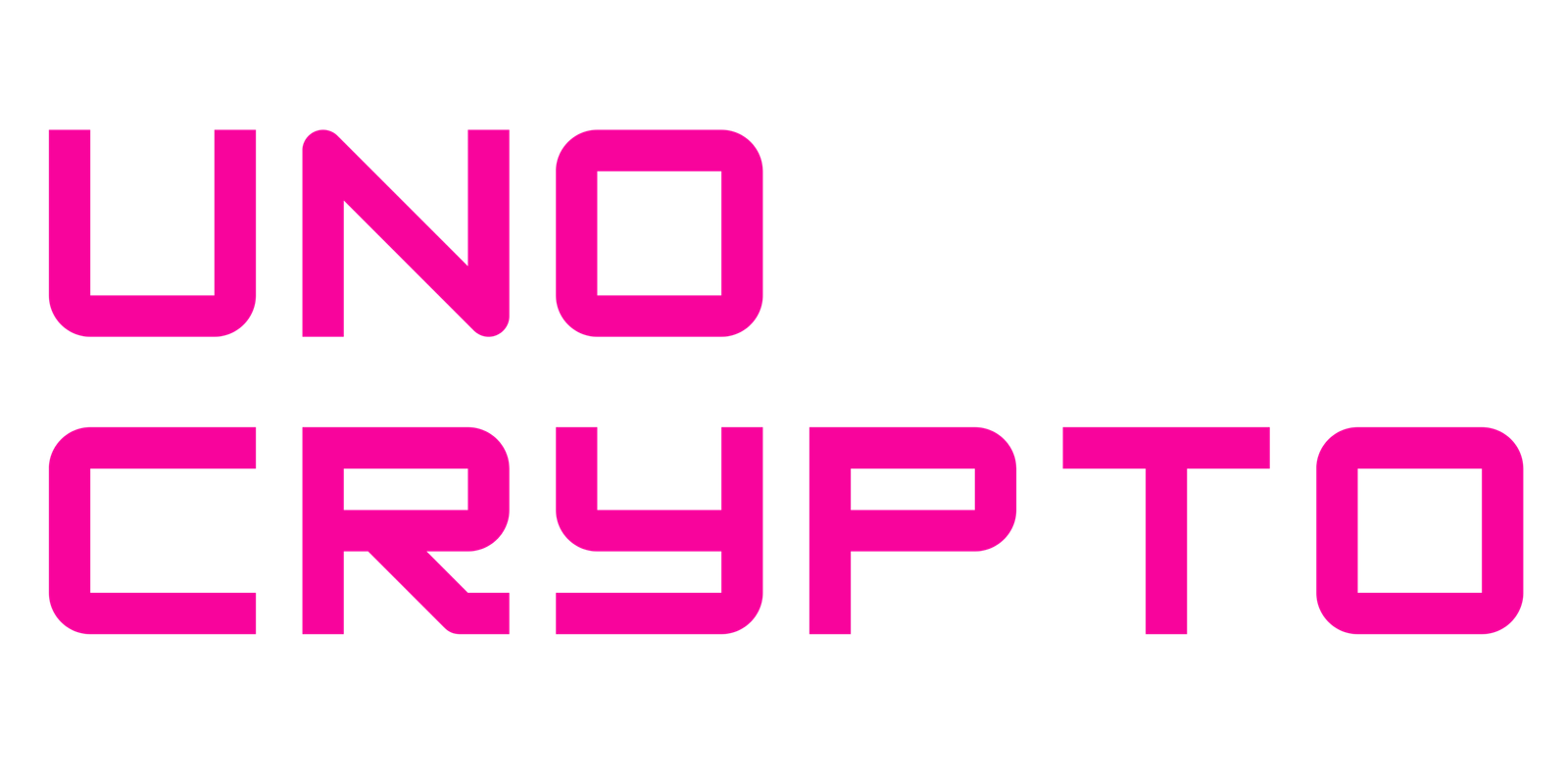Nubank plans to test dollar-pegged stablecoin payments on its credit cards, the bank’s vice-chairman, Roberto Campos Neto, said at the Meridian 2025 event on Wednesday.
He spoke about using blockchain to link digital assets with traditional banking, and said the bank wants to accept tokenised deposits and use them to issue credit.
Nubank serves more than 100,000,000 customers across Brazil, Mexico and Colombia and first moved into crypto in 2022 with a 1% allocation to Bitcoin and a trading service for customers.
What Campos Neto said?
Campos Neto framed the move as part of a broader effort to bring digital assets into everyday banking. He noted that many people buy crypto as a store of value rather than to spend it.
Also Read: Crypto.com Visa Card Launches Across Latin America, Boosting Crypto Adoption
He said that the trend is shifting slowly, and that banks must find ways to take tokenised deposits and turn them into credit. Local reports say the bank will begin testing stablecoin payments linked to credit cards as one early step.
Why stablecoins matter in Latin America?
Stablecoins that mirror the dollar are popular in the region. High inflation and currency swings make dollar-pegged tokens attractive for saving and payments. Brazil’s central bank president said about 90% of the country’s crypto activity is tied to stablecoins.
In Argentina, where inflation topped 100%, stablecoins made up over 70% of crypto purchases in 2024. In Venezuela, where inflation hit 229% in May, USDT and similar tokens are used for daily purchases. These figures show why a large bank like Nubank would explore stablecoin rails.
How could the test work?
Reports suggest Nubank will link stablecoin rails to its credit card network for pilot testing. Customers might be able to pay with stablecoins stored in a digital wallet and charge the amount to a Nubank card.
The bank is also looking at ways to take tokenised deposits and use them as collateral for loans or credit lines. Campos Neto said the data show a shift in use cases. He urged banks to study why people choose crypto as a store of value and how that can change over time.
Nubank’s crypto track record
Nubank first entered crypto in 2022 by allocating 1% of its net assets to Bitcoin and offering trading services to customers. The bank later expanded its crypto support and added altcoins such as Cardano, Cosmos, Near Protocol and Algorand in early 2025.
The new stablecoin tests follow that path of gradual adoption. Nubank’s scale gives any pilot a chance to reach large numbers of users quickly.
Regional context and momentum
Across Latin America, central banks and regulators are adapting to growing crypto use. Bolivia lifted its crypto ban in 2024 and signed an agreement with El Salvador to promote digital assets.
The Bolivian central bank now allows banks to process Bitcoin and stablecoin payments.
What banks face?
Accepting tokenised deposits and using them for credit raises questions, as banks must ensure compliance with local rules. They must manage operational risk and protect customer funds.
They also need to integrate new rails without disrupting existing payment systems. Campos Neto emphasised that banks should study data and design systems that let clients use tokenised assets safely.
What to watch next?
Nubank’s pilot will be watched closely by regulators, competitors and customers. The timeline for tests was not disclosed in detail at the event.
Observers will look for technical updates, the list of stablecoins involved, and how the bank plans to meet compliance requirements. How customers react will matter a lot for scaling any rollout.
Nubank’s move to test dollar-pegged stablecoins for card payments shows a push to blend crypto rails with mainstream banking.
Also Read: Latin American Developers Favour Ethereum And Polygon Over New Base Chains


